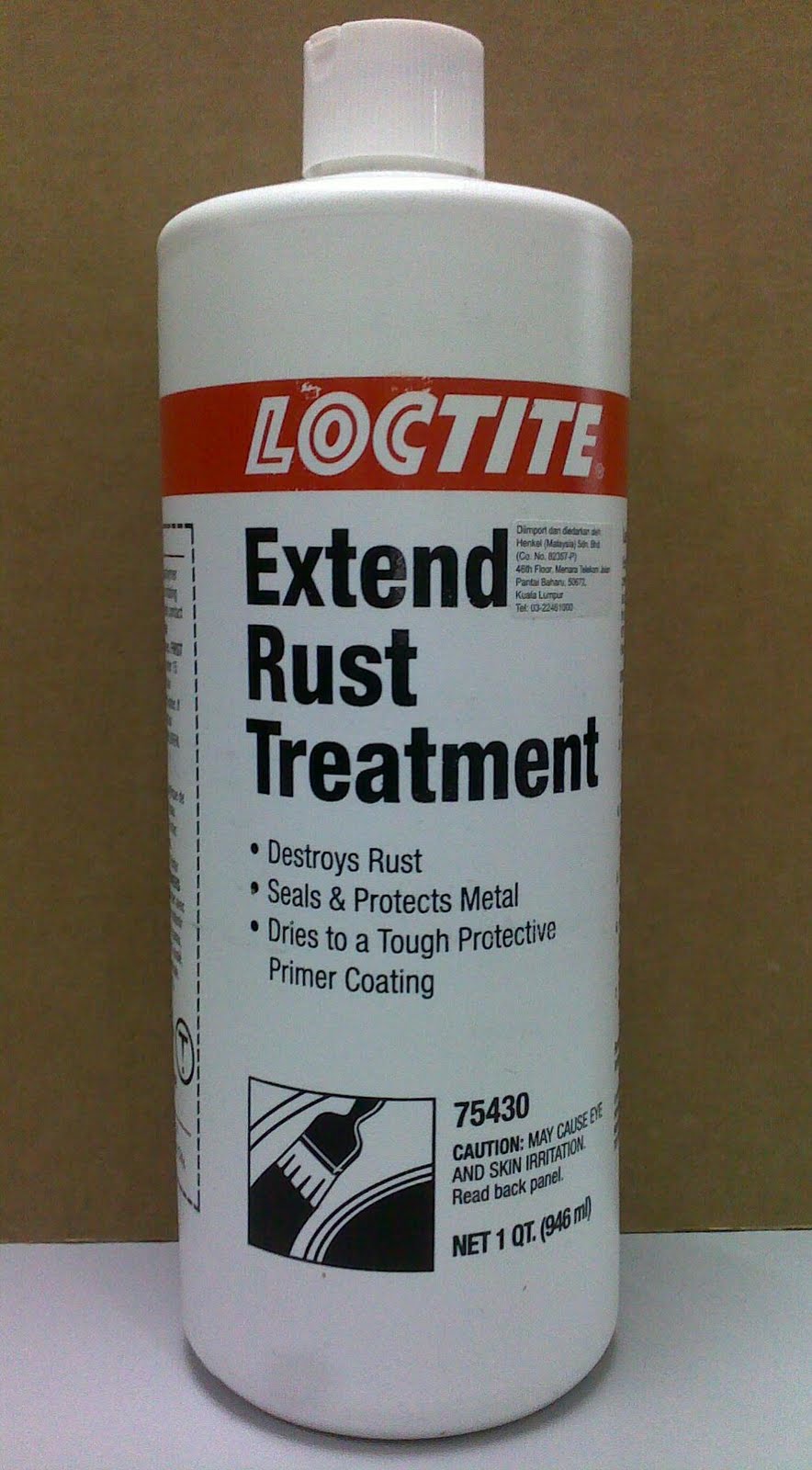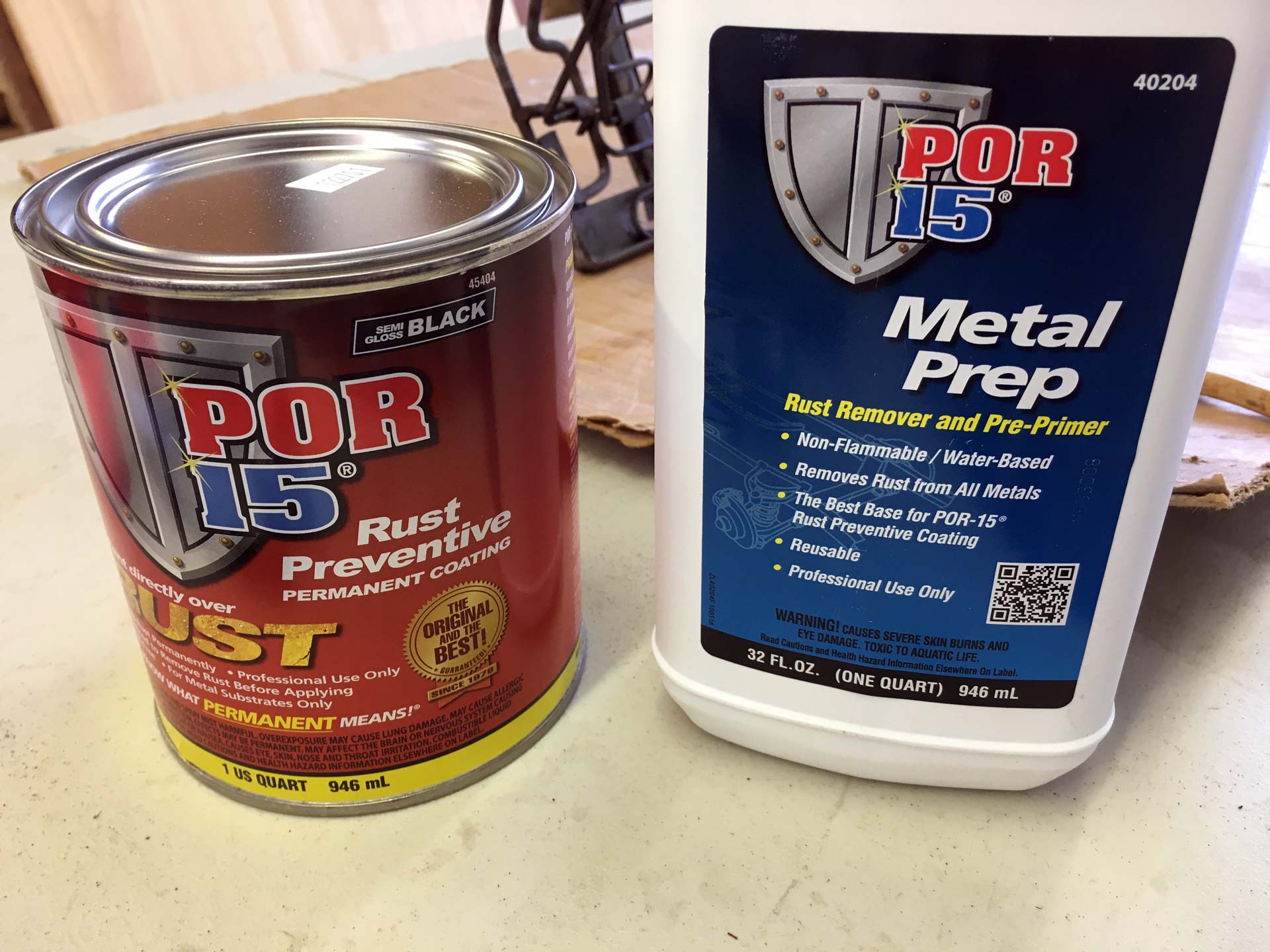Hi all. Looking for some advice on what I should do with the insides of my doors. The doors are very solid but there is some surface rust on the inside (see pic). All I want to do is get rid of the surface rust (rust converter??) and put some rust prevention down (primer??) so that I can apply sound deadener over top (e.g., Dynamat). I've done tons of reading but I still don't have a clear idea of what would work best in my case.
I should note that the car is finished so something that is going to be a problem coming through drain holes and ruining paint is not an option.
Thoughts?
I should note that the car is finished so something that is going to be a problem coming through drain holes and ruining paint is not an option.
Thoughts?








